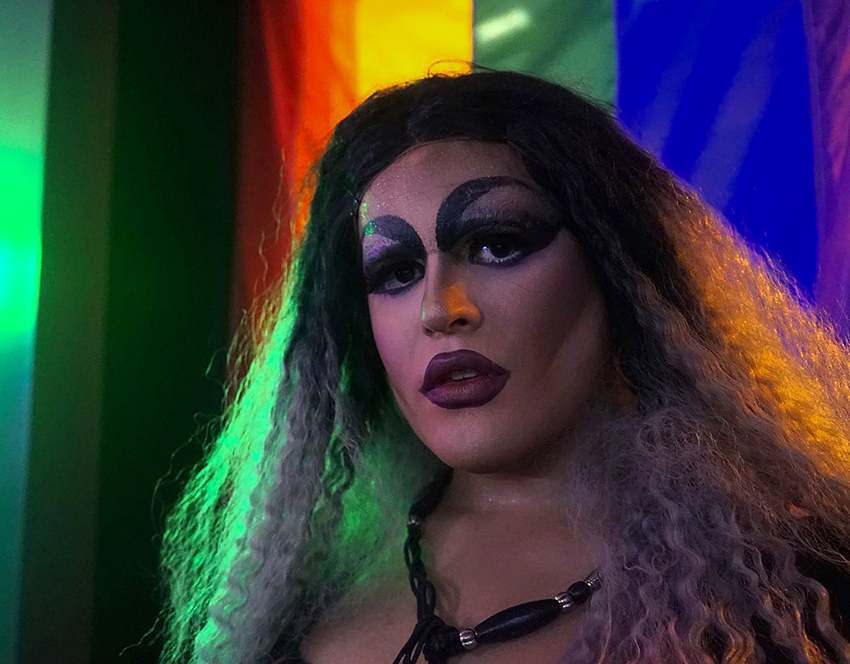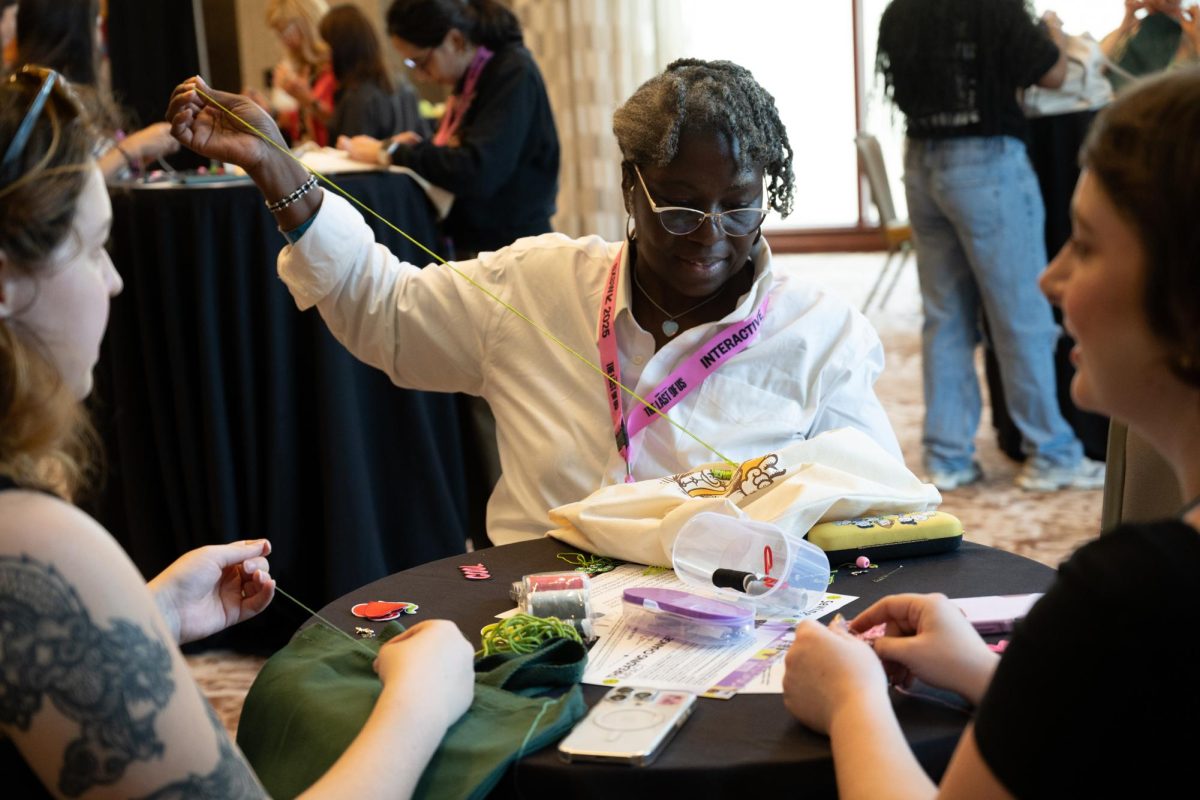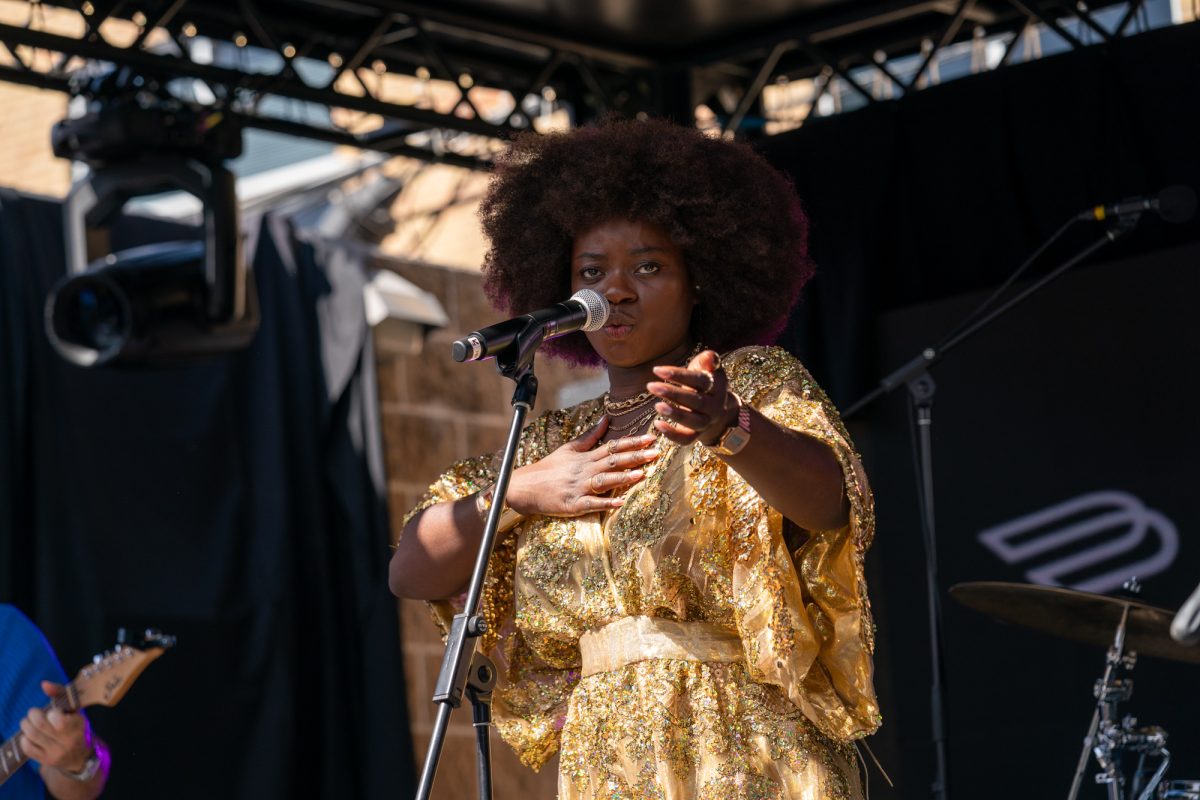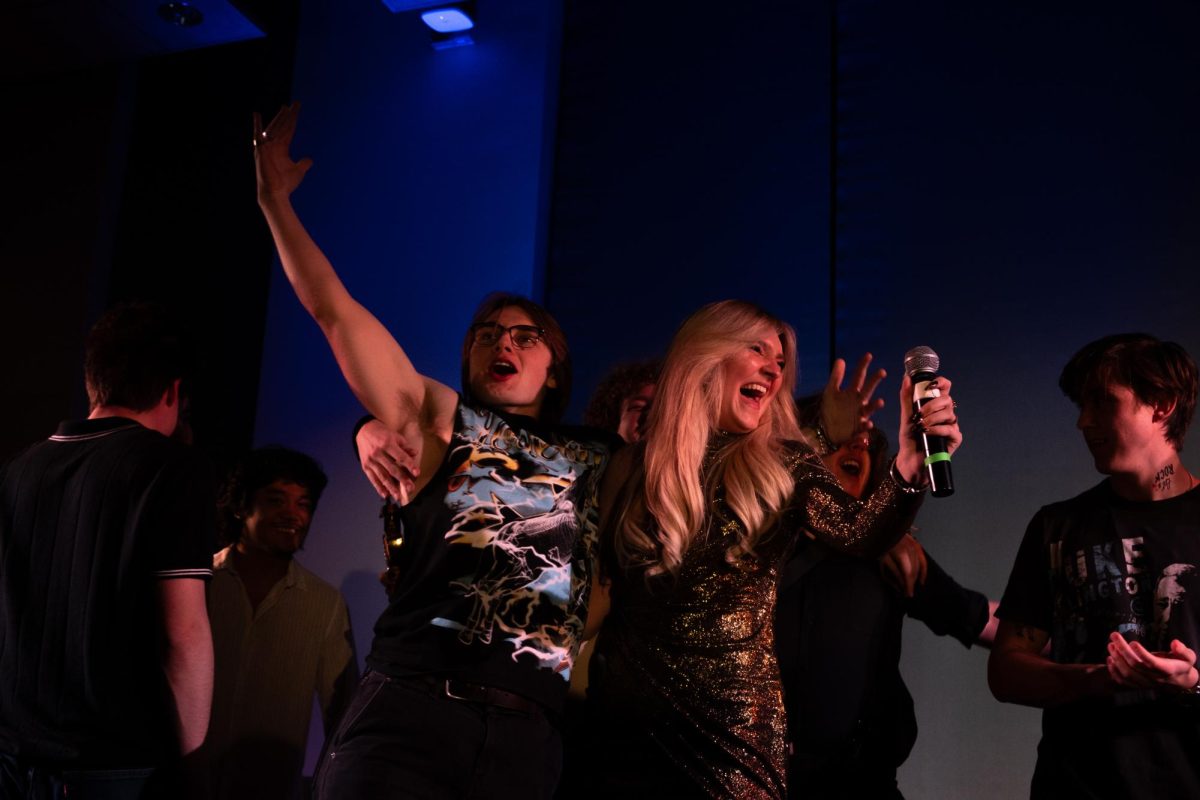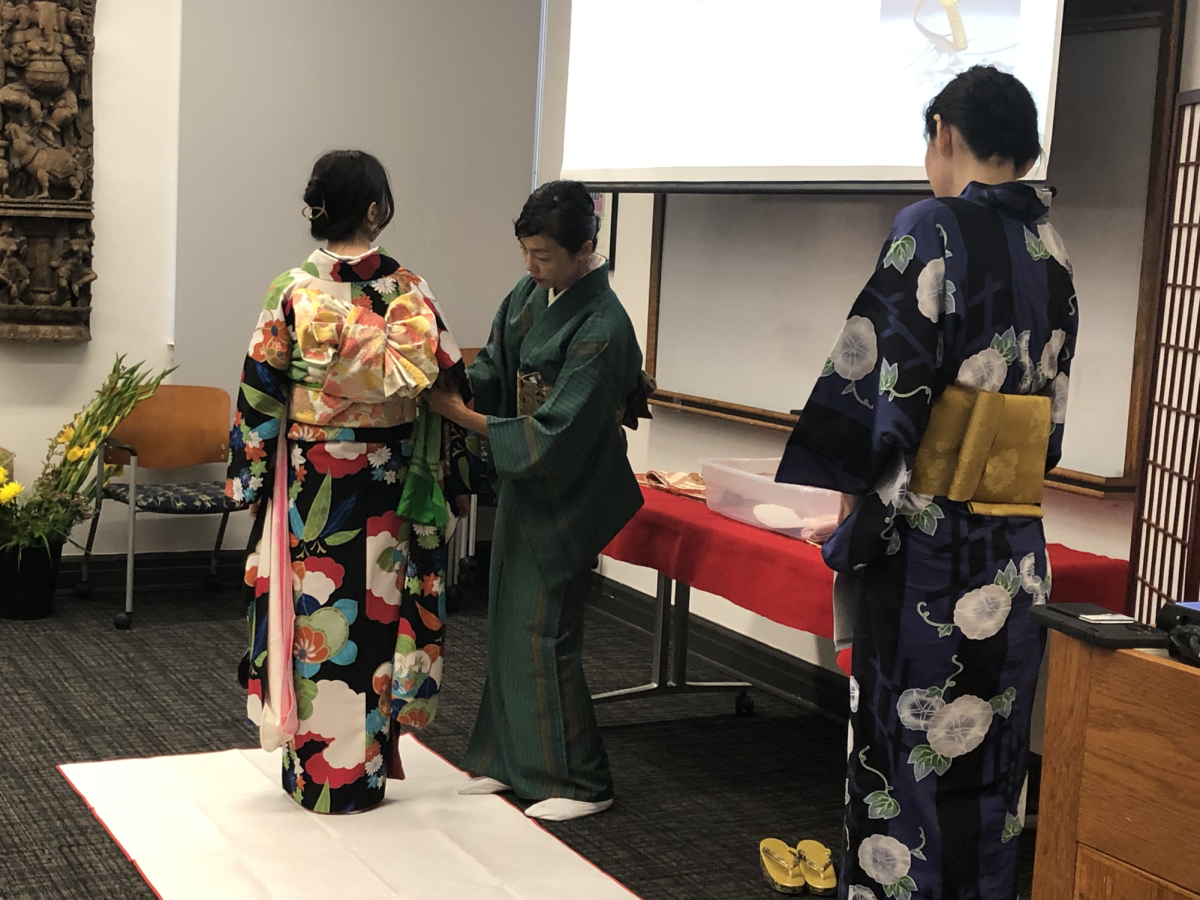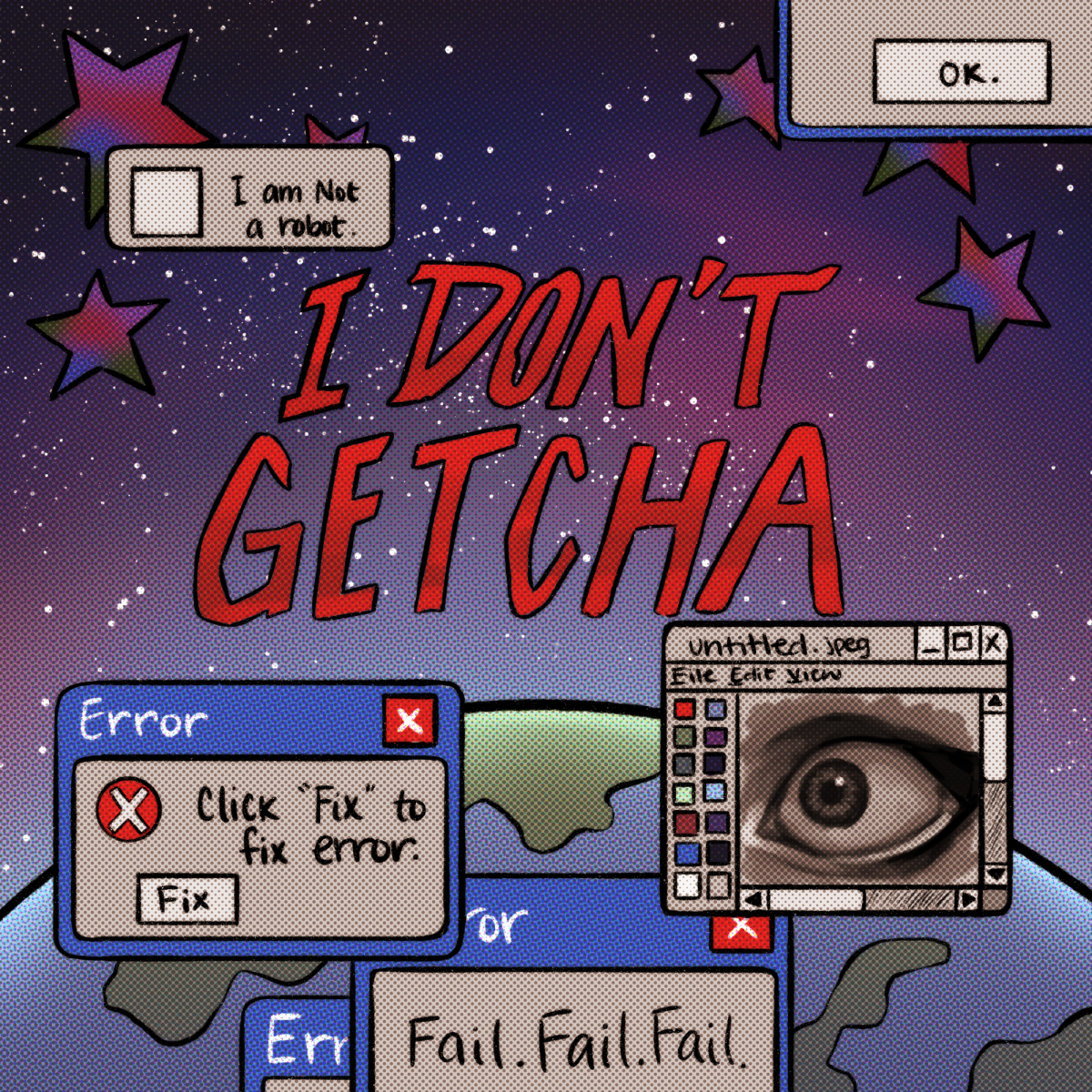Urban studies senior and performer Tatiana Cholula used to be shy and anxious before discovering the world of drag. Today, when she steps into the spotlight, she comes into her self-described “alien telenovela actress that is trying to assimilate into human civilization” persona.
Cholula, who is not out to her parents, asked to be referred to by her stage name.
“Ever since I can remember, I’ve had this drive to somehow perform, but I had awful stage fright,” Cholula said. “Drag gave me this opportunity to feed my hunger to be on stage, create a character and entertain others. At first I was deadly nervous, but as soon as I got on stage it all felt just right. Once you feel the aura of the audience, you feel like you can do anything. It’s a feeling like no other.”
Dressing in drag is the art of costuming as an exaggerated persona of the opposite gender for entertainment purposes. Though drag has been used in theater throughout the ages for practical purposes — dating back to when women were not allowed to perform on stage — in its most modern evolution, drag is used as a way for performers to comment satirically on gender roles, politics and society. For Cholula, performing in drag not only helped her with stage fright, but also helped her reconcile with her gender identity.
“Before doing drag, I had a very heteronormative way of looking at gender and self-expression,” Cholula said. “When I started drag, I began realizing that anyone should have the freedom to express themselves with how they look regardless of their assigned gender. It also allowed me to reflect on my own identity and realize that I’m more gender fluid. I like taking attributes of both genders upon myself and not just conform to one.”
Like Cholula, Rosa Yey gravitated toward drag as a way to express herself. Although she was initially exposed to drag in high school, Yey didn’t fully understand drag until she moved to UT.
“It's a statement in every way,” said Yey, an Iberian and Latin American linguistics graduate student. “We're celebrating doing everything our parents got mad at us for doing as little boys like prancing around in heels, putting on our mom's makeup and dress."
Yey said drag is a special way to pay her respects through performance to the heroes of the LGBT community, such as the queens that participated in the Stonewall riots.
“Drag can provide people with a family they may not be able to find elsewhere,” Yey said. “Drag to me is not only playing with gender, but it’s really kind of like a queer pride thing. It’s also a way to pay homage to former kings and queens who did a lot to get us to where we are now and keep up the work. There’s still a lot to be done.”
For UT students that are in the audience, attending these performances can make them reflect on themselves and the world around them. UT alumna Kathleen Lee said attending these performances helped expand her worldview and promoted her own personal growth.
“I feel like going to these LGBTQIA spaces are important because they create an environment where people are able to express themselves freely,” Lee said. “Society can gain a better understanding and awareness of the LGBTQIA community if more of these spaces become more available and known.”
This article has been updated since its original publication. A previous version mistakenly attributed a quote from Cholula to Yey.

